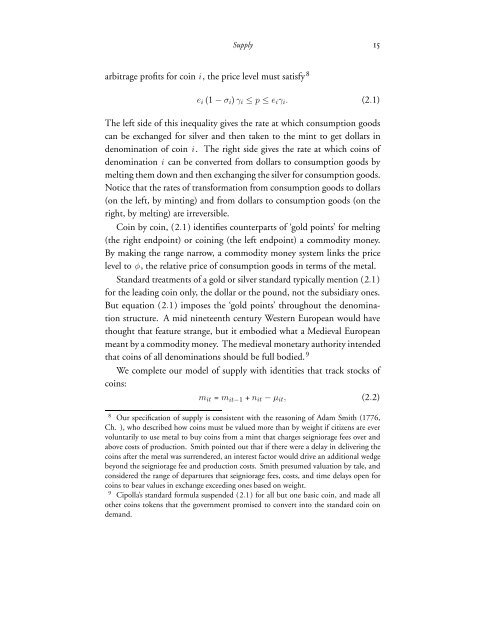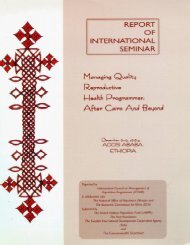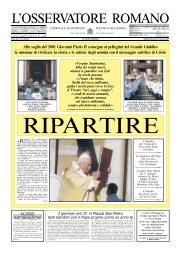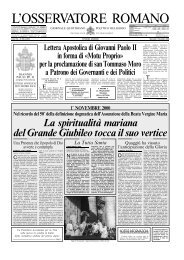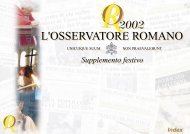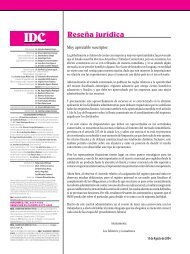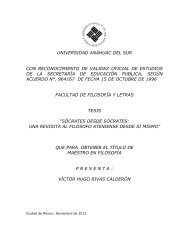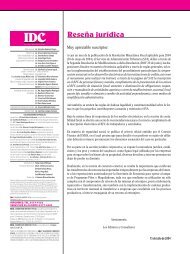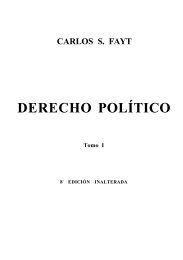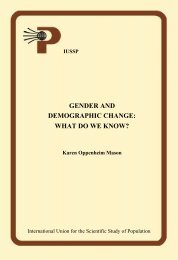The Evolution of Small Change: Beliefs, Experiments, and ...
The Evolution of Small Change: Beliefs, Experiments, and ...
The Evolution of Small Change: Beliefs, Experiments, and ...
Create successful ePaper yourself
Turn your PDF publications into a flip-book with our unique Google optimized e-Paper software.
Supply 15<br />
arbitrage pr<strong>of</strong>its for coin i, the price level must satisfy 8<br />
ei (1 − σi) γi ≤ p ≤ eiγi. (2.1)<br />
<strong>The</strong> left side <strong>of</strong> this inequality gives the rate at which consumption goods<br />
can be exchanged for silver <strong>and</strong> then taken to the mint to get dollars in<br />
denomination <strong>of</strong> coin i. <strong>The</strong> right side gives the rate at which coins <strong>of</strong><br />
denomination i can be converted from dollars to consumption goods by<br />
melting them down <strong>and</strong> then exchanging the silver for consumption goods.<br />
Notice that the rates <strong>of</strong> transformation from consumption goods to dollars<br />
(on the left, by minting) <strong>and</strong> from dollars to consumption goods (on the<br />
right, by melting) are irreversible.<br />
Coin by coin, (2.1) identifies counterparts <strong>of</strong> ‘gold points’ for melting<br />
(the right endpoint) or coining (the left endpoint) a commodity money.<br />
By making the range narrow, a commodity money system links the price<br />
level to φ, the relative price <strong>of</strong> consumption goods in terms <strong>of</strong> the metal.<br />
St<strong>and</strong>ard treatments <strong>of</strong> a gold or silver st<strong>and</strong>ard typically mention (2.1)<br />
for the leading coin only, the dollar or the pound, not the subsidiary ones.<br />
But equation (2.1) imposes the ‘gold points’ throughout the denomination<br />
structure. A mid nineteenth century Western European would have<br />
thought that feature strange, but it embodied what a Medieval European<br />
meant by a commodity money. <strong>The</strong> medieval monetary authority intended<br />
that coins <strong>of</strong> all denominations should be full bodied. 9<br />
We complete our model <strong>of</strong> supply with identities that track stocks <strong>of</strong><br />
coins:<br />
mit = mit−1 + nit − µit, (2.2)<br />
8 Our specification <strong>of</strong> supply is consistent with the reasoning <strong>of</strong> Adam Smith (1776,<br />
Ch. ), who described how coins must be valued more than by weight if citizens are ever<br />
voluntarily to use metal to buy coins from a mint that charges seigniorage fees over <strong>and</strong><br />
above costs <strong>of</strong> production. Smith pointed out that if there were a delay in delivering the<br />
coins after the metal was surrendered, an interest factor would drive an additional wedge<br />
beyond the seigniorage fee <strong>and</strong> production costs. Smith presumed valuation by tale, <strong>and</strong><br />
considered the range <strong>of</strong> departures that seigniorage fees, costs, <strong>and</strong> time delays open for<br />
coins to bear values in exchange exceeding ones based on weight.<br />
9 Cipolla’s st<strong>and</strong>ard formula suspended (2.1) for all but one basic coin, <strong>and</strong> made all<br />
other coins tokens that the government promised to convert into the st<strong>and</strong>ard coin on<br />
dem<strong>and</strong>.


